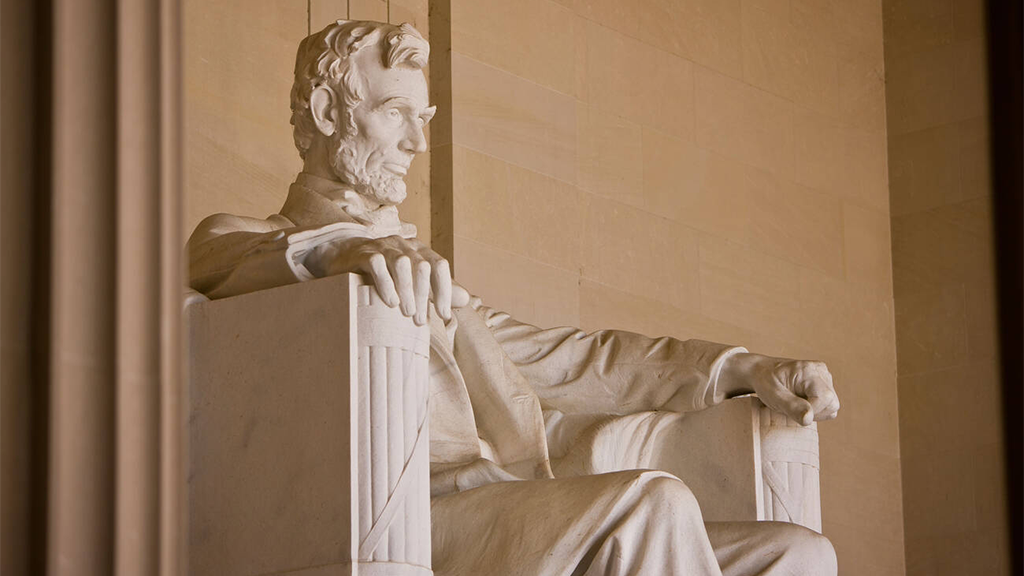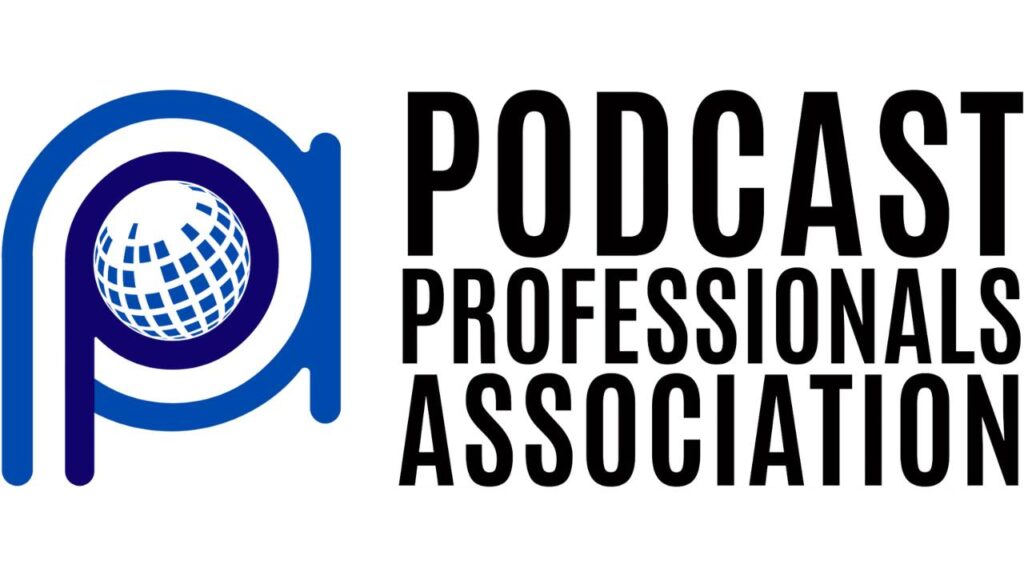
Why History Still Teaches Us How to Lead
In a world obsessed with innovation, it’s easy to forget that some of the greatest leadership lessons are timeless. The tools have changed, from telegrams to Slack messages, but the essence of leadership has not. Whether commanding armies, founding nations, or leading movements, history’s most influential leaders understood one thing: leadership is not about control, but about influence, vision, and courage under pressure.
As a strategic leadership coach, I’ve found that revisiting these historical giants isn’t about idolizing them, it’s about decoding the principles that made them effective. These lessons are just as relevant to today’s CEOs, nonprofit directors, or small business owners as they were to generals and statesmen centuries ago.
1. Vision and Purpose: The Churchill Principle
“Success is not final, failure is not fatal: it is the courage to continue that counts.” — Winston Churchill
Winston Churchill’s leadership during World War II remains one of the most powerful case studies in crisis management. Faced with near-impossible odds, Churchill didn’t simply give orders, he galvanized an entire nation through words and conviction. His speeches were not motivational fluff; they were blueprints of resilience.
The lesson: Effective leaders communicate vision so clearly that it becomes shared conviction.
In today’s context, this translates to organizational clarity. Whether leading a business, a nonprofit, or a dog-sled team across Alaska, your people need to understand not just what they’re doing, but why it matters. As Churchill demonstrated, vision without communication is hallucination.
Modern application:
Craft a clear “why statement” that connects every task to purpose.
Repeat it often, in meetings, marketing, and one-on-ones.
Remember: during uncertainty, clarity becomes leadership currency.
2. Strategic Adaptability: The Lincoln Lesson
“I am a slow walker, but I never walk back.” — Abraham Lincoln
Lincoln’s presidency was a masterclass in adaptive leadership. He faced polarization, moral conflict, and unrelenting public pressure, not unlike what many modern executives experience in times of disruption. Yet, Lincoln balanced flexibility with conviction. He evolved without abandoning principle.
His genius wasn’t in knowing everything but in surrounding himself with people who challenged him, his so-called “Team of Rivals.”
The lesson: Strong leaders don’t fear dissent; they invite it.
In strategic leadership terms, Lincoln modeled adaptive intelligence, the ability to learn, adjust, and realign without losing momentum.
Modern application:
Build diverse teams with different perspectives.
Foster a culture where disagreement is seen as engagement, not insubordination.
When strategy shifts, communicate the reasoning, people follow leaders who think, not those who panic.
3. Courageous Decision-Making: The Shackleton Method
“Leadership is a fine thing, but it has its penalties. And the greatest penalty is loneliness.” — Ernest Shackleton
In 1914, explorer Ernest Shackleton set sail for Antarctica on the Endurance. The ship became trapped in ice, and what followed is one of history’s greatest survival stories. Shackleton’s team endured two years of brutal conditions, and not a single life was lost.
His leadership was not defined by conquest but by care. He recognized that morale was as essential as rations. Shackleton maintained structure, optimism, and compassion in chaos.
The lesson: Leadership is tested when comfort disappears.
In my work with leadership teams and experiential retreats, I often say: “When the trail disappears, leadership begins.” Shackleton lived that truth. He didn’t delegate hope, he modeled it.
Modern application:
In crisis, maintain calm visibility.
Protect your team’s psychological safety as fiercely as their physical one.
Balance empathy with accountability, the two are not opposites, they are partners.
4. Innovation Through Empowerment: The Mandela Mindset
“Lead from the back, and let others believe they are in front.” — Nelson Mandela
Nelson Mandela understood something every modern leader should learn: empowerment isn’t a leadership strategy, it’s a moral one. After spending 27 years in prison, he emerged not as a man of vengeance but as a master of reconciliation.
His leadership wasn’t loud, it was inclusive. He elevated others, built coalitions, and believed that shared power strengthens, not weakens, a leader’s influence.
The lesson: True leadership multiplies itself through others.
Mandela modeled what we now call servant leadership, a philosophy that prioritizes others’ growth over personal power. It’s the same approach that defines strong team cultures today, from startups to service dog training programs.
Modern application:
Delegate authority, not just tasks.
Celebrate collective wins publicly and own failures privately.
Build mentorship into your organization’s DNA, it’s the ultimate legacy strategy.
5. Innovation and Relentless Curiosity: The da Vinci Effect
“Learning never exhausts the mind.” — Leonardo da Vinci
Long before “lifelong learning” became a buzzword, Leonardo da Vinci embodied it. Artist, inventor, anatomist, and philosopher, his curiosity was his compass. He understood that creativity and leadership are two sides of the same coin: both require exploration beyond comfort zones.
The lesson: Curiosity is the cornerstone of progress.
Modern leaders often fall into the trap of overconfidence, thinking expertise equals completion. But da Vinci reminds us that leadership requires continuous reinvention. In the same way, strategic organizations thrive when they stay experimental, reflective, and open to “what if.”
Modern application:
Schedule time for curiosity, reading, reflection, exploration.
Encourage innovation by rewarding smart risks, not just safe wins.
Create space in meetings for one “what if” question, it’s the seed of transformation.
6. Resilience and Reinvention: The Roosevelt Rule
“Do what you can, with what you have, where you are.” — Theodore Roosevelt
Theodore Roosevelt’s leadership was forged in both privilege and pain. He faced chronic illness as a child, tragedy as an adult, and the pressures of presidency during one of America’s most transformative eras. Yet his enduring lesson is one of energy, the belief that motion creates momentum.
Roosevelt understood that leadership is not about circumstances but about attitude. He turned obstacles into opportunities through grit and self-discipline, principles that resonate in every executive coaching session I lead.
The lesson: Resilience is built through action, not avoidance.
Modern application:
Replace “I can’t” with “What can I do next?”
Lead by example, your team takes emotional cues from your behavior.
Celebrate resilience stories within your organization to normalize persistence.
7. Legacy and Stewardship: The Washington Standard
“Example, whether it be good or bad, has a powerful influence.” — George Washington
Washington’s leadership wasn’t just military, it was moral. He voluntarily stepped down from power twice: once after the Revolution and again after two presidential terms. That act of restraint shaped democratic governance itself.
His leadership lesson transcends time: true leaders build systems that outlive them.
In today’s context, this is the foundation of succession planning, brand continuity, and institutional trust. Washington’s humility was his power, he understood that leadership’s highest purpose is stewardship, not self-glorification.
Modern application:
Create clear succession plans for key roles.
Mentor your future leaders intentionally, leadership isn’t inherited, it’s developed.
Ask often: “What will remain when I’m no longer here?”
8. Unity Through Vision: The Gandhi Approach
“The best way to find yourself is to lose yourself in the service of others.” — Mahatma Gandhi
Gandhi’s influence came not from force, but from principle. His philosophy of nonviolent resistance reshaped global politics and inspired leaders like Martin Luther King Jr. and Nelson Mandela.
The lesson: Visionary leadership aligns moral authority with practical strategy.
Gandhi mastered alignment , between values, words, and actions. In a time when authenticity is currency, leaders who walk their talk build unshakable credibility.
Modern application:
Align company policies with stated values, inconsistency kills trust.
Lead with service; even competitors respect integrity.
Anchor every strategic plan in ethical clarity people follow consistency more than charisma.
The Common Thread: Character Over Charisma
Across centuries and continents, one principle unites these leaders: character outlasts charisma.
The modern leadership crisis isn’t a lack of intelligence, it’s a lack of integrity. The most successful leaders don’t perform leadership; they practice it. They model self-awareness, empathy, accountability, and courage, even when no one’s watching.
In my leadership coaching and experiential programs, I often see the turning point when clients realize that leadership isn’t a title; it’s a lifestyle. It’s built in the quiet moments: the feedback conversations you don’t avoid, the ethical decisions no one sees, and the humility to admit, “I don’t know, yet.”
Be the Leader History Would Remember
The trail ahead of every modern leader, whether in business, government, or the backcountry, is uncertain. Technology evolves. Markets shift. Teams disperse. But the human element remains constant. The same qualities that defined Washington, Shackleton, and Mandela are the ones your organization needs today: courage, clarity, empathy, and discipline.
History’s leaders didn’t wait for certainty. They led into it.
So the next time you face a challenge, remember: you’re not just managing outcomes, you’re writing your own chapter in the leadership story. And whether that story becomes legend or lesson depends on how you show up when it matters most.










